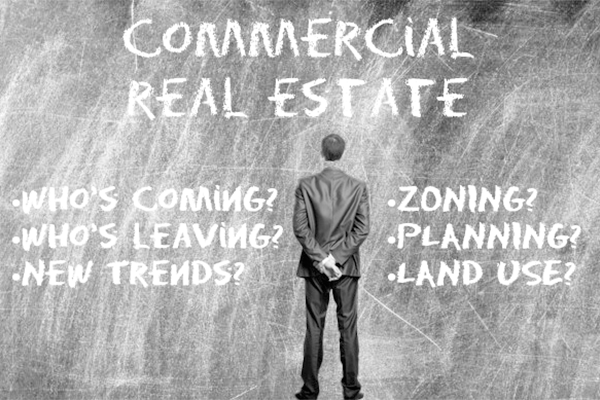|
RCBJ-Audible (Listen For Free)
|
Smart Suburbs Are Evolving; Those That Don’t Will Be Stuck In The Past
By Paul Adler
The COVID-19 pandemic has radically transformed the landscape of our lives, particularly in how we perceive and utilize spaces we live in here in the tri-state area.

As the world grappled with lockdowns and social distancing measures, the traditional office-centric model of work was upended, giving rise to remote work as a viable, and for many, a preferable alternative. This shift has significant implications for suburban areas, which historically were designed to attract people who wanted to leave urban environments. Suburbs have evolved to include commerce and office parks, of course, but what’s needed is a rethink of zoning laws to allow dynamic centers that combine housing, retail, office or office-like space and transportation.
It is time for suburbia to adapt to these changing paradigms or it risks obsolescence.
But can it?
The Rise of Remote Work
The pandemic accelerated a workplace transformation that was already underway, albeit at a slower pace. Companies and employees discovered that many jobs could be done from anywhere, eliminating the need for daily commutes and central business districts. Work was outsourced instead of being done on site.
This revelation has made suburban and exurban living more appealing for a broader demographic, not just those looking to start families or escape the hustle and bustle of city life. The appeal lies in the promise of a balanced lifestyle where one can live, work, and play in the same area without the need for long commutes.
The Appeal of the Suburbs
Suburbia (Rockland, Orange & Westchester) has traditionally offered more spacious homes, better schools, and a sense of community that is more elusive in dense urban centers.
With the shift toward remote work, these benefits have become even more pronounced. People are now looking for homes that can double as comfortable workspaces, with dedicated offices or quiet areas for Zoom calls. The suburbs, with their larger homes, quieter neighborhoods, and quaint downtowns, are perfectly suited to meet these needs.
However, the suburbs were designed in an era when zoning laws rigidly separated residential areas from commercial and industrial ones, a paradigm that no longer fits the needs of a population that works, shops, and seeks entertainment often within the same neighborhood.
The challenge for suburbia is to evolve from a place where one only lives and commutes elsewhere for work and leisure, to a vibrant, self-sustaining community where people can do all three without the need to travel far.
Zoning and Planning must be dynamic in nature and in the code.
The Need for Zoning Reform
For suburbia to thrive in the post-COVID world, a radical rethinking of traditional zoning paradigms is necessary. The future of suburban development lies in mixed-use zones that combine residential, commercial, and recreational spaces. Such an approach encourages the development of walkable neighborhoods with amenities like cafes, restaurants, parks, and co-working spaces that are accessible by foot or bicycle. People come to suburbia for more open space or larger living accommodations but many also seek urban amenities, including state-of-the-art hospitals and medical care.
Furthermore, the integration of green spaces and sustainable infrastructure is crucial for creating environments that promote health and well-being, aspects that have become increasingly important to people in the wake of the pandemic.
Suburbs that can offer a high quality of life with the convenience of urban amenities, while still providing the space and comfort associated with suburban living, will be the ones that attract and retain residents.
Conclusion
The COVID-19 pandemic has served as a catalyst for change, accelerating shifts in workplace paradigms and making the suburbs more appealing than ever. However, without significant changes to how suburbia is planned and developed, particularly in terms of zoning laws, there is a risk these areas will fail to meet the evolving needs of their residents. The future of suburbia lies in its ability to adapt, offering not just a place to live, but a vibrant, self-contained community where people can live, work, and play. The suburbs must evolve or risk becoming relics of a bygone era.
Paul Adler is Chief Strategy Officer of Rand Commercial. paul.adler@randcommercial.com











